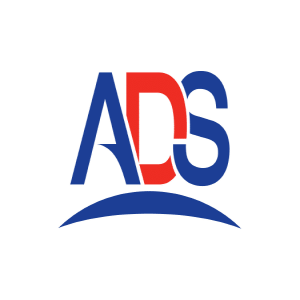ADS Briefing: UK-EU Aviation Safety Agreement
Summary
The UK-EU Trade and Cooperation Agreement (TCA) was finalised and published on 24th December. Within the agreement is an article on aviation safety (page 240) and a detailed annex covering airworthiness and environment certification (page 786). The agreement will help facilitate the recognition of each side’s aviation safety certificates and licenses and the annex covers aerospace design and production in detail. The TCA is supported by a governance structure which includes several “specialised committees”. One of these committees has been established to focus solely on aviation safety.
The UK and EU will now work, primarily through the regulatory authorities, to develop the technical implementing procedures (TIP) that will support the airworthiness annex.
Design certification
The key aspects of the annex in relation to design certification are:
• Minor changes and repairs approved by the UK CAA or EASA will be accepted by both sides.
• Type certificates and significant supplemental type certificates for the design of aerospace products will be validated by the other regulator. Both sides will assess the extent to which validation can be streamlined on a case-by-case basis.
• The UK CAA will automatically accept non-significant type certificates, non-significant major changes or repairs, and technical standard order approvals issued by EASA.
• EASA will validate non-significant type certificates, non-significant major changes or repairs, and technical standard order approvals issued by the UK CAA. The agreement provides the potential for automatic acceptance by EASA in the future, once the UK CAA has demonstrated its new capability in this area.
Where validation is required, the TIP will set out the processes for this validation. It is expected that, where streamlined validation is mentioned, the process will be largely similar to the processes set out in other UK or EU bilateral agreements. The TIP will also cover the boundaries of what will automatically be accepted. The most significant changes will require full technical validation.
Production certification
The agreement sets out that EASA and the UK CAA will accept each other’s production systems. This means:
• There will be mutual recognition of production approvals, and of the certificates issues by production organisations established in the UK and EU.
• For new categories of products, the production method in one party will need to be approved by the other before they are subject to mutual acceptance.
• Existing products will be accepted and the CAA Form 1 and CAA Form 52 will be recognised as equivalent to the EASA Form 1 and 52.
Maintenance certification
The agreement does not include a maintenance annex. UK based companies will need a 3rd country EASA approval in order to serve customers in Europe.
Specialised Committee on Aviation Safety
The specialised committee will be made up of experts from both sides and will speak regularly to ensure the agreement is working for both sides. The Department for Transport and the CAA will represent the UK in this committee. The committee will also be responsible for the development of future annexes to the agreement on aviation safety.
ADS is working with the DfT to develop a formal structure for the UK aerospace sector to feed its priorities and concerns into the committee. More detail will be shared as the committee is established.
What next?
Discussions on the TIP
The UK CAA and EASA will now work to develop the TIP. It is anticipated that this could take a number of weeks, but neither side is able to put a precise timeline on it at this stage. The UK CAA also needs to come to an agreement with EASA on what can be implemented without the TIP.
Arrangements for design work in progress
The UK CAA and EASA have opened a dialogue on the transfer of work in progress where UK design organisations have been working with EASA. The CAA will take on the oversight of this work, so are working with EASA to exchange maximum levels of information in order to reduce the duplication of work to the maximum extent possible. This exchange of information is also important for EASA to provide 3rd country maintenance organisation approvals.
If you feel any of this will impact you, speak to EASA and/or the CAA about how you can help with the flow of information. This will be crucial in avoiding or minimising any duplication of work when the CAA takes on the oversight.
EEA and Switzerland
The UK is working with the EEA States and Switzerland to put working arrangements in place so that they can also benefit from the agreement between the UK and EU.
Rebuilding the relationship with EASA
During the negotiations, contact between the CAA and EASA was limited. Now that the negotiations have concluded, this is no longer the case. The immediate priority, as set out above, is on the TIP and the transfer of existing work.
Beyond the immediate priorities, the regulators will need to cooperate on important issues like developing the agreement further (potentially with new annexes), streamlining validation processes, and rulemaking in new areas. For this reason, the DfT and CAA will work to rebuild those relationships in the medium to long-term.

